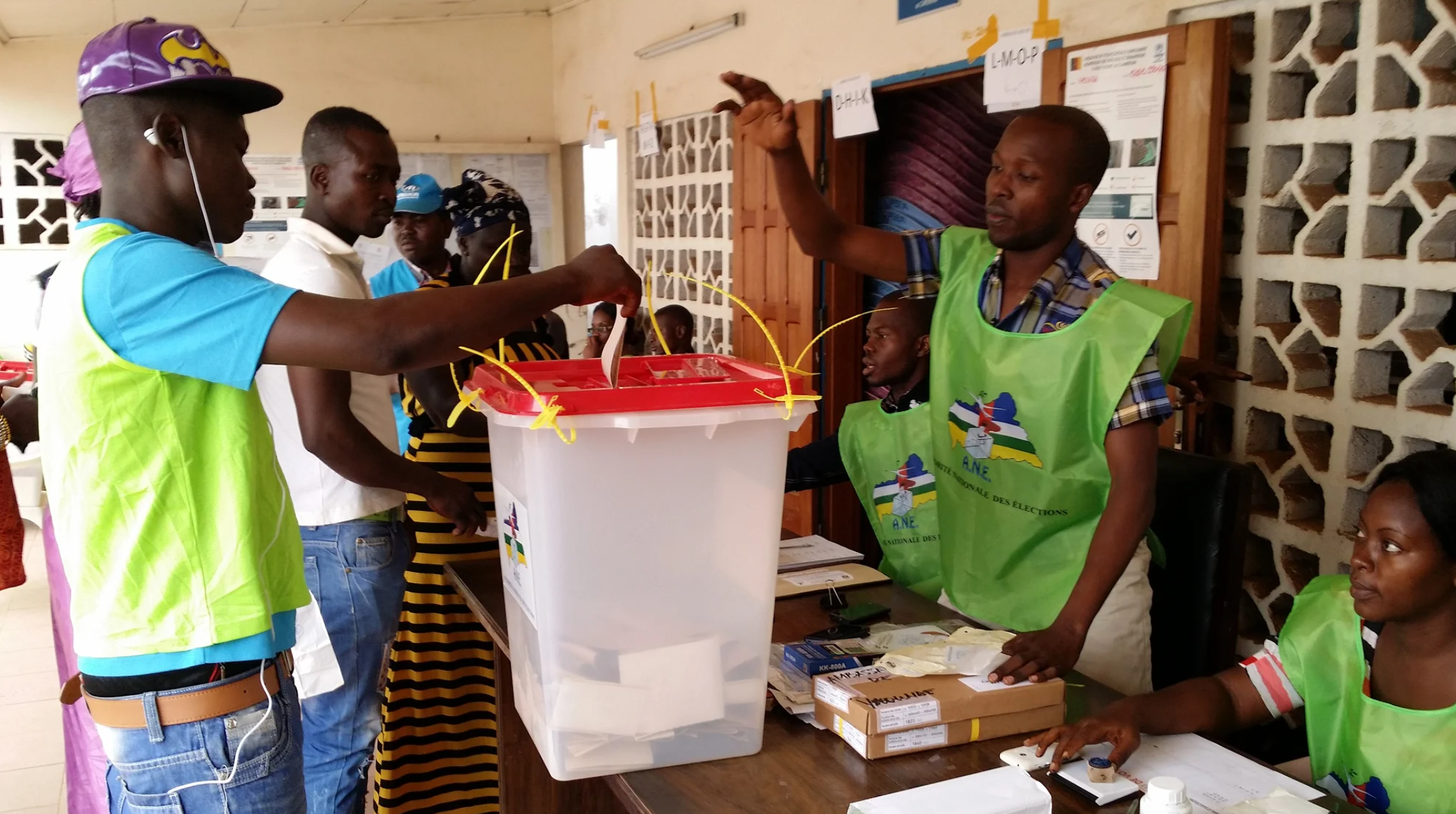By EGOH MODI AZIZ (Pdf Version)
INTRODUCTION
Cameroon’s agriculture sector is comparatively endowed with a greater potential for job creation. The 2014 Statistics show that the sector employs more than 50% of its workforce and, contributes 22% of the country’s GDP, and more than 20% of its export earnings.[1] Despite this huge potential, the country still imports food such as rice and frozen fish worth 315 billion Francs CFA thus affecting local producers. The government has relented its efforts to put in place policies that can help transform the sector and, boost agricultural output. Consequently, the domestic demand for food far outweighs the supply, thus compelling business dealers to import larger quantities to help meet the increasing demand. This shortage is due to the fact that agricultural activities mostly operate within smallholders’ schemes which often rely on casual labour. Therefore, there is an urgent need to re-orient policies geared towards the development of agro-industrial plants and farm holdings with the objective to undergo a transformation. The question remains what should be done to transform the agricultural sector in Cameroon? In this paper we identify seven key enablers and activities needed to help in catalysing Cameroon’s agricultural transformation process.
Enablers and major activities for agricultural transformation
These points are not perceived to be a complete blueprint or a panacea to bring about a total change in the domain of agriculture but are rather to be seen as steps that can help to trigger the desired change needed for a substantive transformation of the sector in question. These points have previously been mentioned and discussed in a strategic report on Agricultural Transformation in Africa from 2016-2025 and, published by Feed Africa in May 2016 [2]. In the subsequent paragraphs, seven major enablers alongside key activities that can help boost the process of agricultural transformation in Cameroon are discussed.
- Increase productivity is a priority if Cameroon’s agricultural sector needs to be transformed from mere production for local consumption to mass production for both consumption and export [3]. This can only be possible if the requisite authorities adopt policies that encourage agro-industrial farming and the growth of agribusiness nationally. One way the government can help speed up the transformation process is by propelling increases in input concentration and capital intensity of agriculture to drive productivity, via market inducements and activate the creation of private sector input supply. Another practical option is to coordinate investment into market structures to drive the overall competitiveness of value chains by increasing input/agro-dealer businesses, agro-processing and storage markets.
- Realize the importance of increased production. An increase in agricultural production is relevant for Cameroon if food security needs to be guaranteed by 2030. There is a need for the government to speed up investment into activities to add and fully realize production value. The government also needs to create and support market mechanisms to facilitate overall value chain control.[4]
- Increase investment into enabling hard and soft infrastructure. This enabling factor is very important to catalyze Cameroon’s Agricultural transformation process. One way to effect this is by increasing the accessibility of finance for investment into hard infrastructure that encourages the probability and cost competitiveness of scaling agricultural production and agribusiness. Another option is by focusing on the development of rural infrastructure to both increase potential output and link farmers to other value chain actors and markets. In addition, Information Communication Technology (ICT) platforms should be developed to support financial transactions, spread market information, and promote value chain modernization. [5]
- Speed up flows of increased agricultural finance. Flows of increased agricultural finance are possible through the setting up of facilities to reduce the risk and cost to serve under-financed areas of the agribusiness sector thus increasing financial inclusion. Another possibility is to develop organized finance amenities to increase the flow of private capital into the agribusiness sector so as to provide adequate financial resources to measure agribusiness [6].
- Create an improved agribusiness environment. An improved agribusiness environment is another key enabler to catalyze Cameroon’s agricultural transformation process [7]. How can this be done? This can be realized by building national institutional capacity to develop and implement policy, as well as to monitor and evaluate gains through related ministries, state corporations, and others. This can also be achieved by promoting market-oriented mechanisms that relieve agribusiness dealers from regular state controls – thus promoting competition. The government should also put in place adequate regulation and legislation to enable the development of agribusinesses led by the private sector.
- Increased inclusivity, sustainability, and nutrition. These factors are very instrumental in the transformation of Cameroon’s agriculture sector. Financial inclusiveness has to do with the incorporation of those groups of people who are under-represented in society (women, youths and disabled). What should, therefore, be done? Funding programs aimed at increasing the availability of financing and the participation of underrepresented actors in agribusiness, with particular focus on women and grassroots populations should be launched. More so, farmer institutions including cooperatives and unions should be reinforced. Climate-smart agriculture (CSA) among farmers and enterprises should be encouraged. [8]
- Coordination of stakeholders as a joined effort to drive transformation. It can be achieved by coordinating activities of various stakeholders in the sector. This can help bring orderliness to common goals and plans of resource distribution. It is also possible through the role of advocacy with the minister of agriculture and other relevant competent authorities to ensure the necessary political will to realize the goals of the strategy (through special panel advising the minister of agriculture on ten years development plan. [9]
CONCLUSION
In this paper, we have mentioned that “to transform the agriculture sector in Cameroon, the seven key enablers and activities that have been identified are to increase productivity, realize the importance of increased production, increase investment into enabling hard and soft infrastructure, speed up flows of increased agricultural finance, create an improved agribusiness environment, increased inclusivity, sustainability, and nutrition, and coordination of stakeholders as a joined effort to drive transformation. If all these key enablers and activities are to put in place, it can help boost agricultural transformation in Cameroon.





Leave A Comment